Sound recognition Normal Phonics Worksheets for Ages 5-9
11 filtered results
-
From - To
Enhance your child's reading skills with our Sound Recognition Normal Phonics Worksheets, designed for ages 5-9. These engaging and interactive worksheets help young learners identify sounds associated with letters and words, laying a strong foundation for phonics. Each activity encourages children to practice sound recognition through fun exercises, paving the way for improved reading fluency and vocabulary. With colorful illustrations and age-appropriate challenges, these worksheets make learning enjoyable! Perfect for both classroom use and home practice, they cater to diverse learning styles and foster a love for reading. Start your phonics journey today and watch your child thrive!


Blending Consonants: "Fl", "Bl" and "Gl" Printable
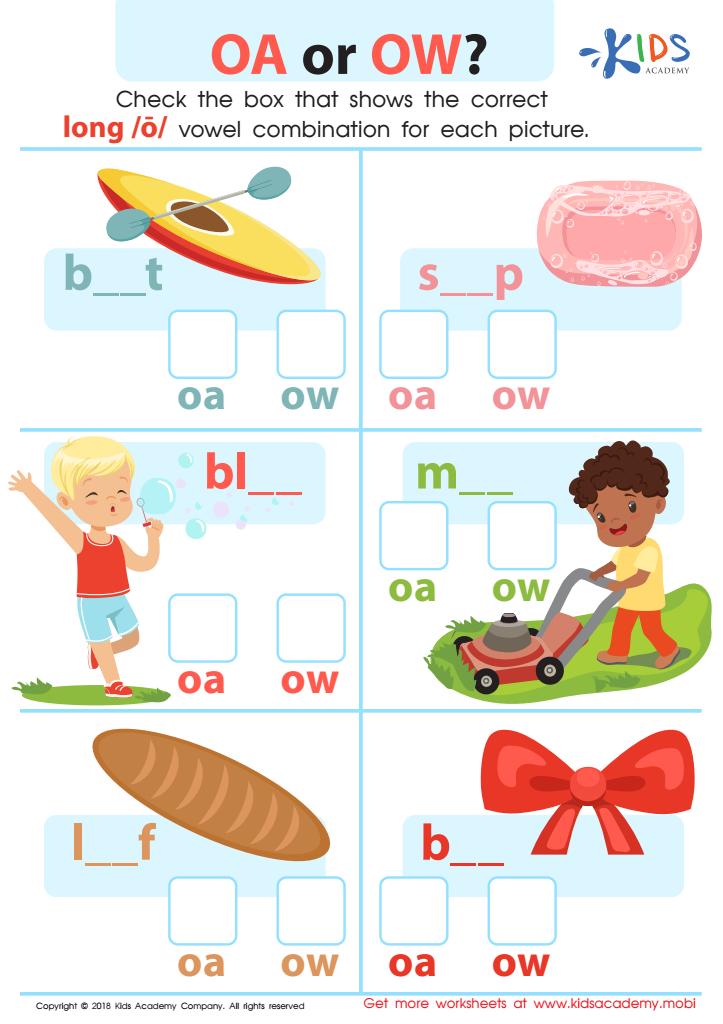

Reading: OA or OW Worksheet


What Do You Hear? Worksheet


Rhyming Words Rhyming Worksheet
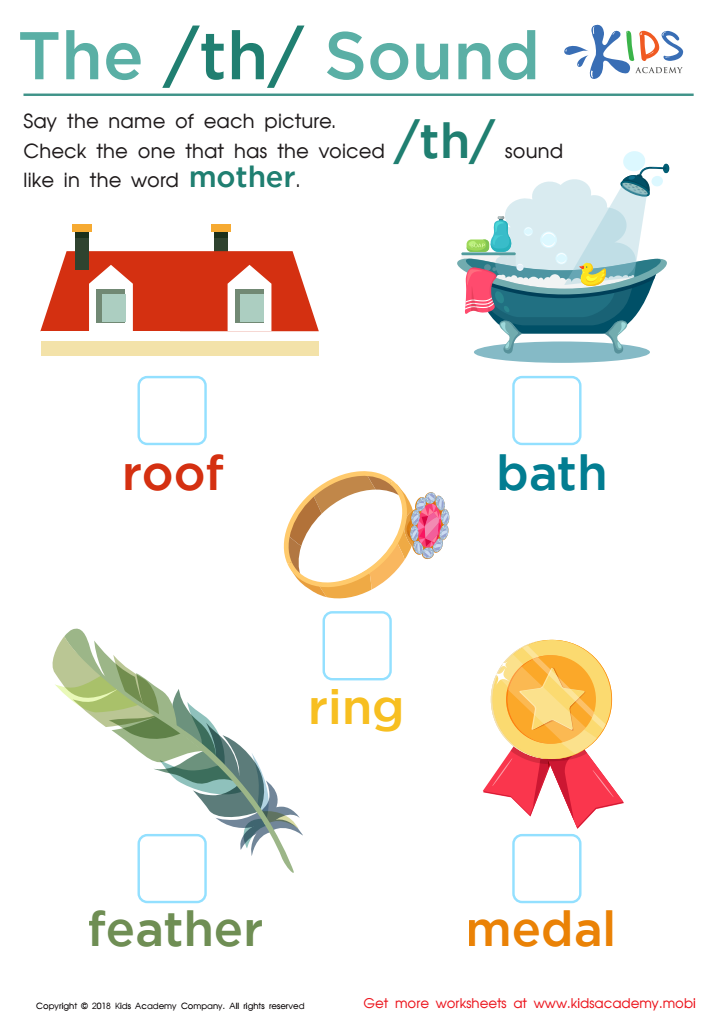

The /th/ Sound Worksheet


Long and Short U Worksheet
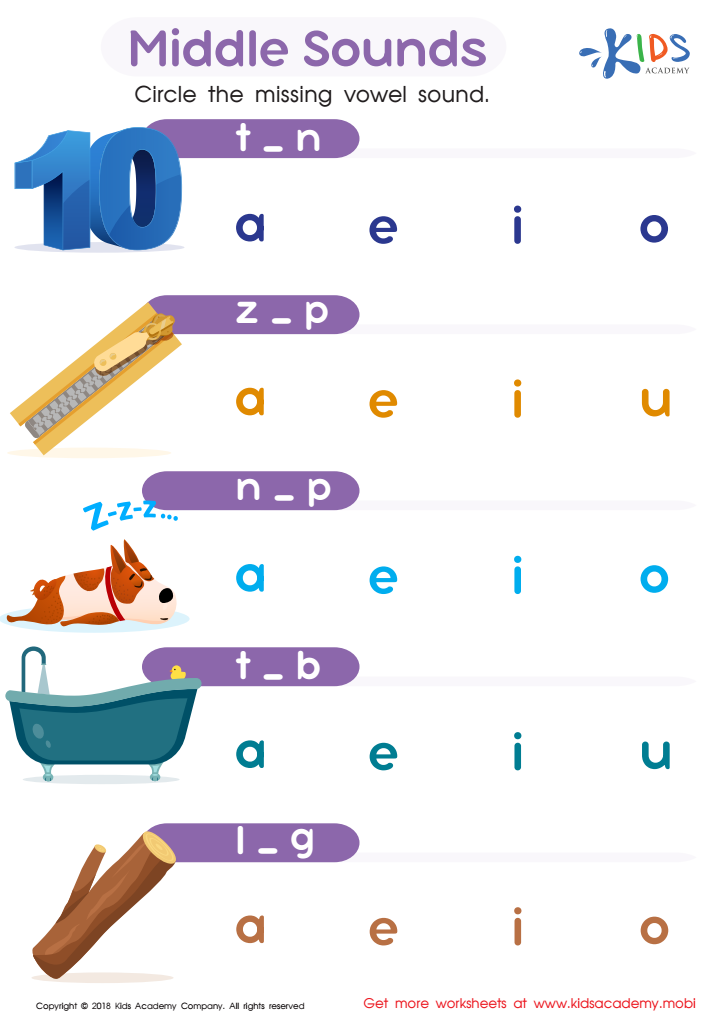

Middle Sounds Worksheet
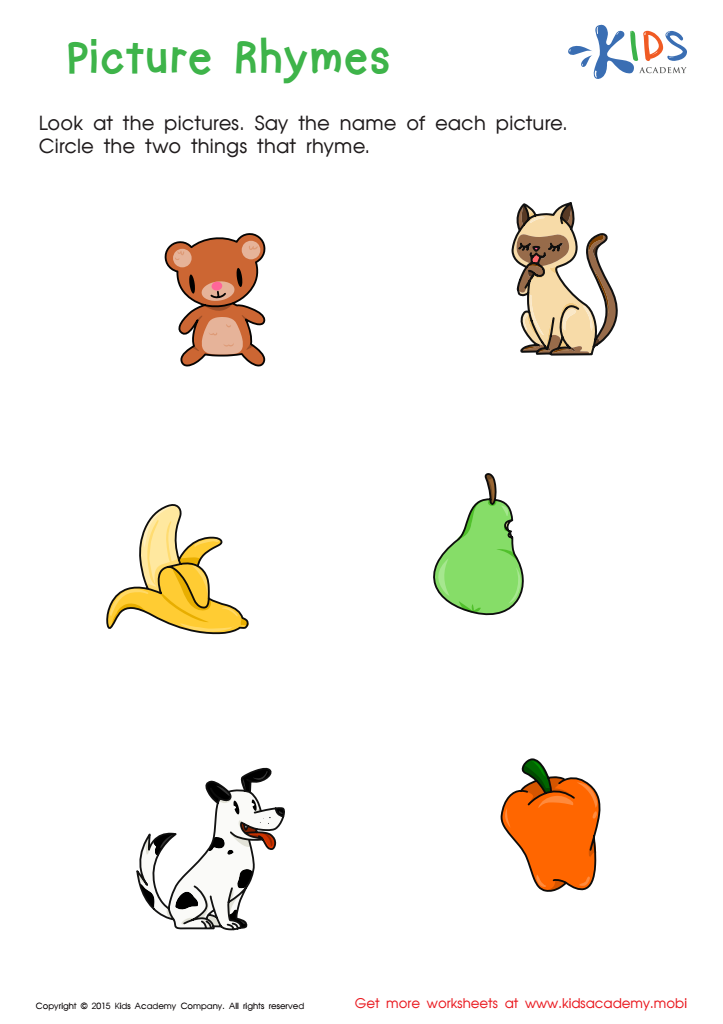

First Words: Picture Rhymes Worksheet
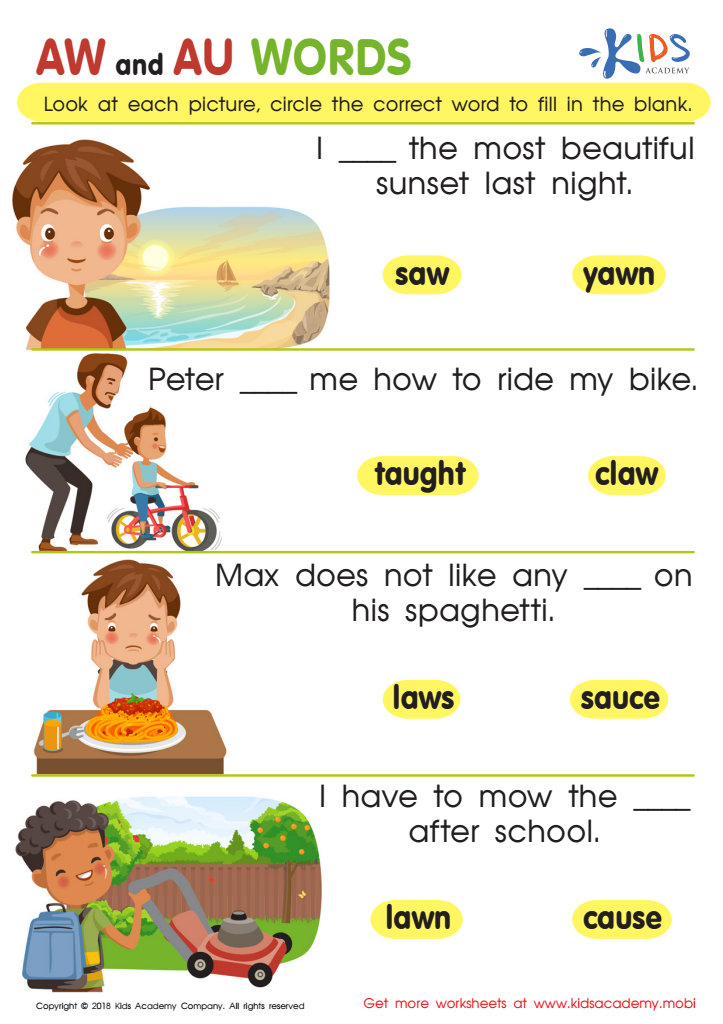

Reading: AW and AU Words Worksheet
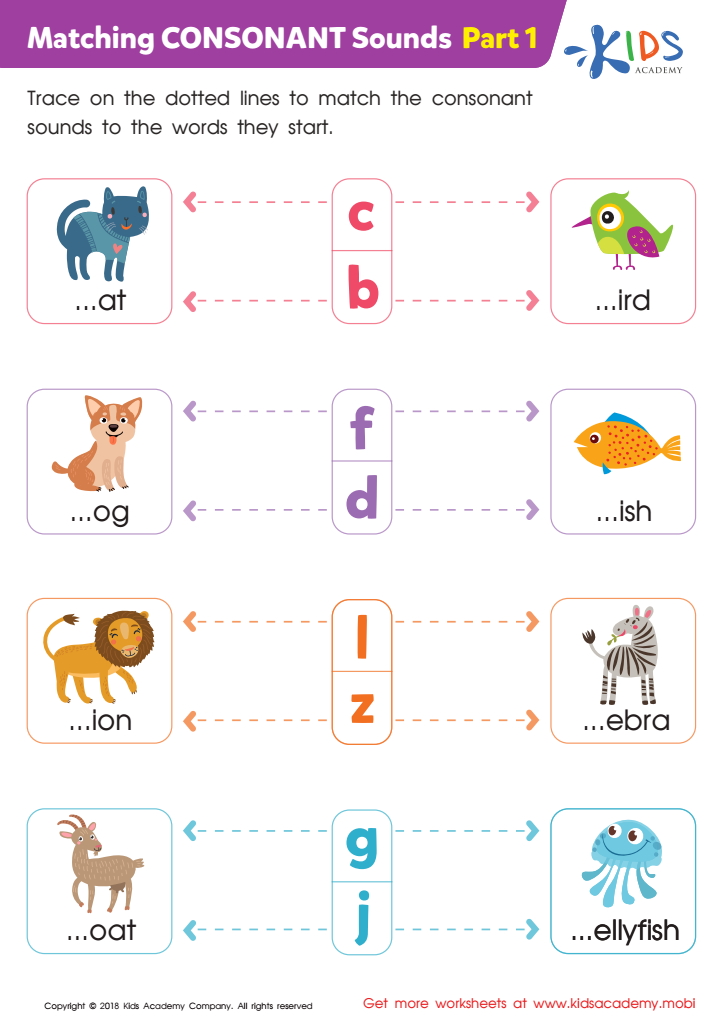

Matching Consonant Sounds: Part 1 Worksheet
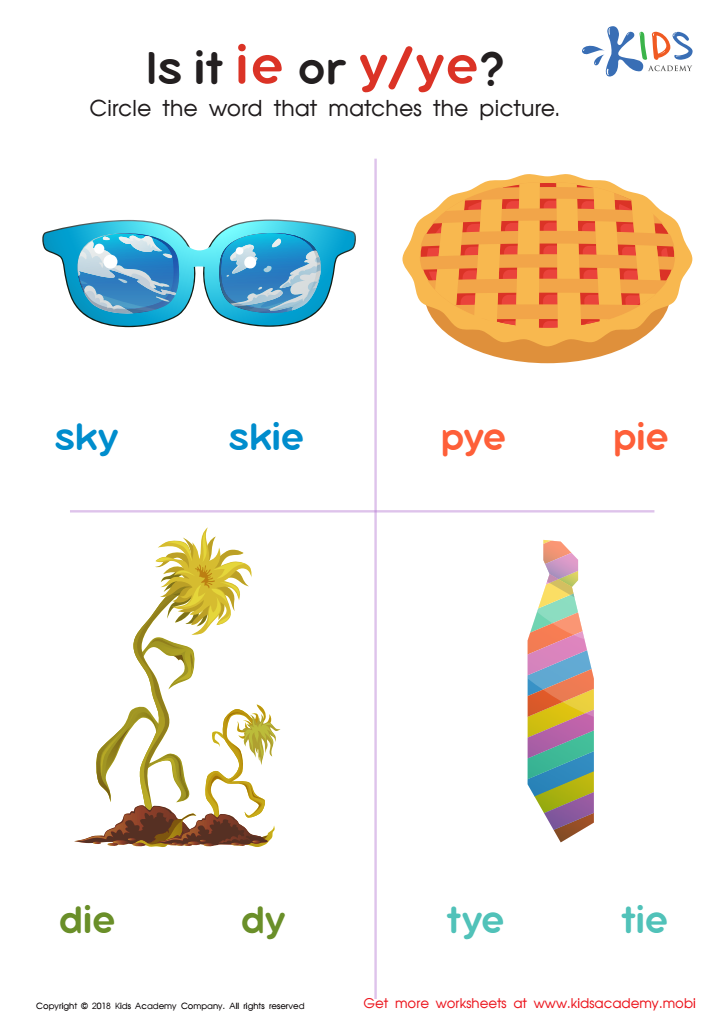

Is It IE or Y/Ye? Worksheet
Sound recognition and phonics are fundamental building blocks for children's literacy development, particularly for ages 5-9. Understanding these concepts helps children connect sounds to letters, which is essential for reading and writing. When parents and teachers emphasize sound recognition and normal phonics, they empower children to decode words efficiently, enhancing their reading fluency and comprehension.
At this age, children are developing critical cognitive and linguistic skills. By focusing on phonics, educators and parents provide a structured approach that aligns auditory skills with visual recognition of letters. This aids in developing language skills that are essential for effective communication, both written and oral.
Moreover, strong phonics skills lay the groundwork for future learning. Children who excel in early reading are more likely to perform better in later educational stages, reducing the risk of literacy-related challenges.
Engaging parents in this process can also reinforce learning at home, fostering a supportive environment that promotes reading. Understanding sound recognition and phonics increases children's confidence and curiosity about language, encouraging a lifelong love for learning and reading. Therefore, for the holistic development of children, sound recognition and phonics should be a priority for both parents and educators.

 Assign to My Students
Assign to My Students
















